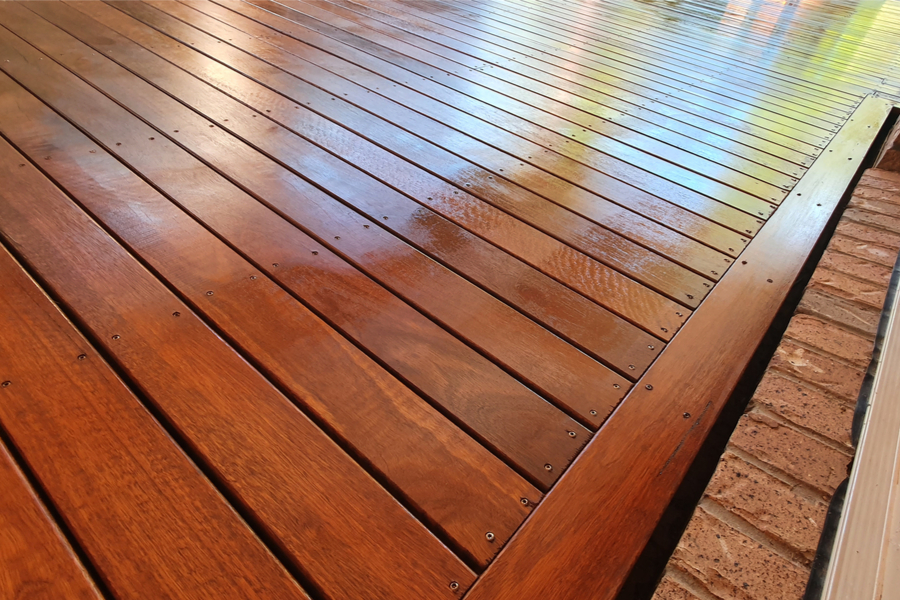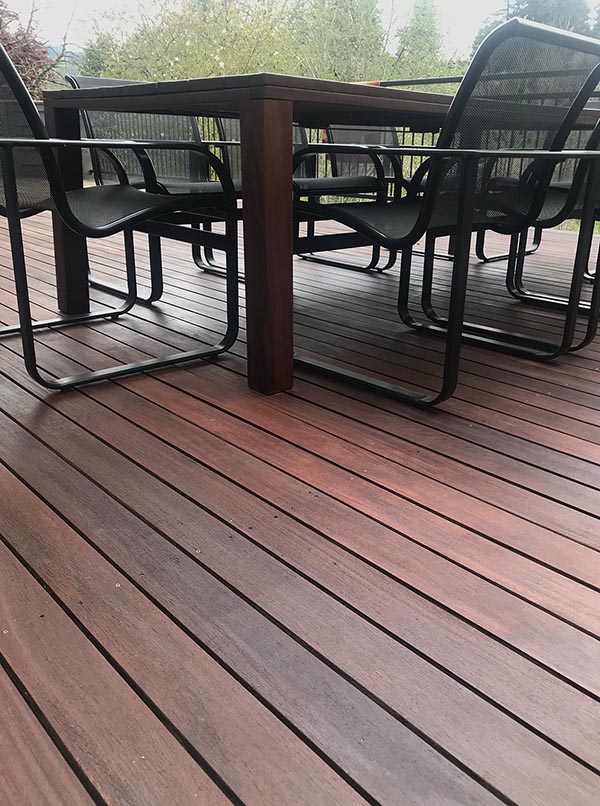Selecting the Right Discoloration for Your Fence: Tips and Considerations
When it involves preserving and boosting the appearance of your fencing, picking the ideal stain is critical. With a wide array of choices readily available, it can be overwhelming to identify which tarnish will certainly ideal suit your demands. This guide will supply you with tips and factors to consider to aid you make an educated decision. We will check out the various kinds of fencing discolorations, variables to think about before selecting a discolor, tips for preparing your fencing for discoloration, and the distinctions in between oil-based and water-based spots. Furthermore, we will certainly explore choosing the appropriate stain shade to complement your fencing and improve your outside area. By adhering to these guidelines, you can make sure that your fence continues to be protected and cosmetically pleasing for many years to find.
Recognizing Different Kinds Of Fence Stains

On the other hand, water-based discolorations are made from acrylic or latex and offer a more refined shade to the wood. Water-based discolorations are much easier to cleanse up and have a quicker drying out time contrasted to oil-based stains.
Selecting between water-based and oil-based spots depends upon different elements, including individual preference, the desired appearance, and the level of maintenance needed. Oil-based discolorations are suggested for surround high-traffic locations or those constantly exposed to extreme climate condition. deck staining. Water-based stains, on the other hand, are a prominent option for fence property locations where look and simplicity of use are essential
Recognizing the distinctions in between oil-based and water-based discolorations helps property owners make an informed choice when picking the ideal tarnish for their fencing. Thinking about the details demands of the fencing, such as its place, direct exposure to sunlight, and wanted visual, will certainly make sure that the picked tarnish supplies durable protection and enhances the general charm of the fence.
Variables to Take Into Consideration Prior To Choosing a Spot

An additional element to think about is the kind of timber your fence is constructed from. Various types of wood absorb stains differently, leading to differing levels of shade intensity and longevity. For example, softwoods like want might require more frequent staining compared to hardwoods like cedar or redwood. In addition, particular timbers might be more prone to issues like rot or insect infestation, which may affect the choice of tarnish to preserve the fence and shield.
The environment and climate condition in your location need to additionally be thought about. If you reside in a location with rough wintertimes or high humidity, you may need a stain that gives extra protection versus wetness and UV rays. If your fence is exposed to guide sunlight for long durations, a stain with UV preventions can assist stop fading and discoloration.
Finally, it's vital to consider your preferred visual. Various stains provide various shades and coatings, permitting you to customize the look of your fencing (fence staining). Consider the total design and style of your residential or commercial property, as well as any neighborhood regulations or home owner association guidelines that may determine the appropriate tarnish shades
Tips for Preparing Your Fence for Discoloration
To prepare your fence for discoloration, start by extensively cleansing the surface area utilizing a moderate cleaning agent and a pressure washing machine or scrub brush. Cleaning up the fencing is an essential step as it removes dirt, crud, and any previous coatings that might conflict with the staining process. Begin by moistening the fencing with water and after that use a moderate cleaning agent utilizing a scrub brush or a stress washing machine with a low-pressure setup. Rub the surface delicately, paying added attention to locations with stubborn discolorations or mold. Rinse the fencing completely with tidy water to eliminate all traces of cleaning agent.
This step is important as discoloring a wet or damp surface area can lead to poor attachment and an unequal coating. Guarantee that the fencing is totally dry prior to proceeding with the discoloration procedure.
Before discoloration, inspect the fencing for any damages, such as loose boards or nails. This item assists to open the wood pores, allowing the discolor to permeate much more properly and uniformly.

Contrasting Oil-Based and Water-Based Stains
When choosing a discolor for your fencing, it is essential to compare the qualities and benefits of water-based and oil-based spots. Both kinds of spots have their own advantages and factors to consider, so it is essential to recognize the differences between them.
Oil-based stains are recognized for their sturdiness and resistance to tear and use. Furthermore, oil-based stains tend to last longer than water-based discolorations, making them a prominent selection for fencings.
On the various other hand, water-based stains are extra environmentally pleasant and easier to clean up. They have a reduced VOC (volatile organic substance) content, which means they release fewer hazardous fumes into the air. Water-based discolorations additionally completely dry quicker, enabling a quicker application and less downtime. They may not offer the exact same degree of security as oil-based spots, particularly in harsh weather problems.
Ultimately, the selection between water-based and oil-based spots depends on your specific requirements and choices. Consider variables such as resilience, environmental influence, and simplicity of application when making your choice. Consulting with a professional or looking for referrals from specialists can also aid ensure that you pick the best tarnish for your fencing.
Choosing the Right Stain Shade for Your Fence
The selection of an appropriate stain color for your fencing is an important facet of improving its visual charm and enhancing the general style of your outside space (fence staining). The ideal discolor color can transform a level, ordinary fence into a striking prime find here focus that adds depth and character to your building
When choosing a tarnish color for your fencing, it is essential to think about the design and style of your home. If you have a traditional or classic design home, natural tones such as neutrals and browns can produce a warm and inviting appearance. On the other hand, if you have a modern or contemporary home, you may consider selecting strong and lively colors that make a declaration.
One more variable to take into consideration is the natural surroundings of your property. If you have a whole lot of plant, a stain shade that complements the natural landscape, such as eco-friendlies or crimsons, can create a natural and unified appearance.
Additionally, it's worth considering the maintenance needed for various tarnish shades. Lighter colors tend to reveal dust and wear even more conveniently, while darker shades can conceal blemishes and require less constant touch-ups.
Ultimately, the choice of tarnish color for your fence should reflect your individual style and choices - deck cleaning. Make the effort to discover various options and speak with with experts if needed, to ensure that you choose the ideal tarnish color that enhances the elegance and appeal of your fencing
Final Thought
In conclusion, when it comes to picking the appropriate stain for your fence, it is crucial to comprehend the different types of discolorations available and consider aspects such as toughness and wanted appearance. Selecting the right stain shade can enhance the general appearances of your fencing.
We will certainly explore the various types of fencing stains, aspects to consider prior to selecting a stain, tips for preparing your fence for staining, and the distinctions between water-based and oil-based stains.Differentiating in between water-based and oil-based discolorations is important when comprehending various types of fence stains. Water-based discolorations are less complicated to clean up and have a faster drying out time compared to oil-based stains. In addition, oil-based spots tend to last longer than water-based spots, making them a prominent option for fencings.
In final thought, when it comes to choosing the appropriate discolor for your fencing, it is crucial to comprehend the different kinds of stains readily available and consider aspects such as sturdiness and preferred look.